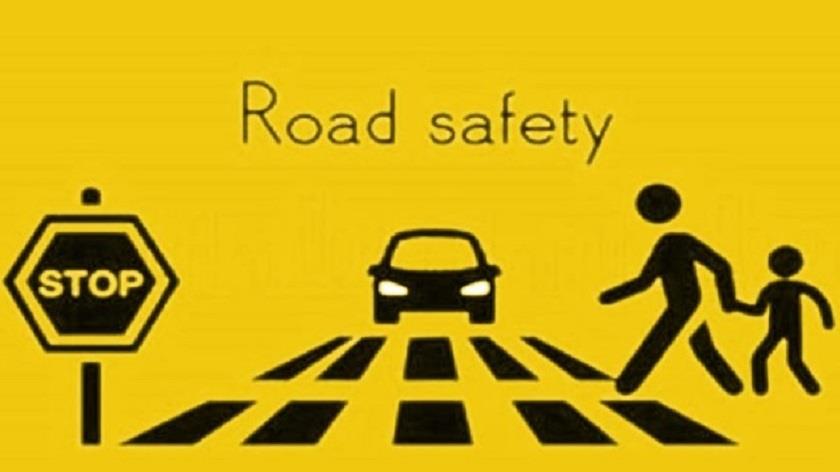Letter To Editor: A New Era Of Road Safety In Kishtwar
Representational Photo
Kishtwar's roads tell the story of a place caught between transition and tradition. The largest district in Jammu and Kashmir's Chenab Valley, Kishtwar connects critical routes to both Jammu and Kashmir, serving as a lifeline for commerce, travel, and daily life.
Yet, until recently, these roads were battlegrounds of defiance, a theatre where traffic rules were treated like suggestions, and risk was worn like a badge of honour.
In every corner of Kishtwar, from the narrow streets of the district headquarters to the rugged rural byways, helmets gathered dust, seatbelts went unused, and speeding was celebrated. Young drivers, many underage, mimicked reckless stunts, their bravado fueled by a pervasive culture of impunity. The Motor Vehicle Department (MVD) struggled to keep pace, confronting not only a lack of infrastructure but a deeper, more dangerous mindset.
This year, however, the narrative is beginning to shift.
Since January, more than 1,100 driving licenses have been issued in the district, signaling a growing public willingness to engage with the system. Over 1,800 vehicles have been e-challaned for various violations, 170 vehicles seized, and 50 driving licenses suspended.
For the first time, trial results for license issuance went online, and licenses were handed out the same day applicants passed their tests. The strategy was simple but radical: streamline the process, enforce rigorously, and engage directly.
“The attitude is changing,” says Tasleem Wani, the Assistant Regional Transport Officer (ARTO) of Kishtwar.“When people see videos of their own violations posted by us, they begin to understand accountability. Helmets are now worn more regularly. Underage driving is reducing.”
This progress was not accidental. It was crafted deliberately, through a combination of hard enforcement and community engagement. Officials used videography to document violations in real time. Awareness campaigns were held in markets, schools, and community halls. Aware of the delicate social fabric of Kashmir, the department approached the public not as enforcers but as partners in change.
Areeb, a lifelong resident of Kishtwar, recalls the old days.“People thought traffic rules were for others,” he says.“If you obeyed, you were weak. Now, it feels different. More people wear helmets. Drivers are more cautious.”
Commercial transport operators have noticed the difference, too. Bilal, who drives a route vehicle from Kishtwar to Srinagar, observes,“Earlier, violations were routine. Now, we see fewer stunts and rash driving. The roads feel safer.”
Beyond the numbers lies a deeper shift: the public is beginning to see road safety as a collective responsibility. The department's efforts extended to organising medical camps for drivers, blood donation drives, and providing ex-gratia relief for accident victims. These small but meaningful steps have begun to rebuild trust in the system.
Yet the path ahead is far from smooth. Underage driving still persists in some areas. Infrastructure remains inadequate in remote villages. Road safety education is sporadic. Officials warn that complacency could reverse progress.
“This is just the beginning,” says Wani.“Awareness campaigns, enforcement, better infrastructure must all continue. Laws alone can't change mindsets.”
Kishtwar's transformation is emblematic of a larger truth in Kashmir. Development is not measured by highways and permits alone. It is measured by the slow dismantling of old habits, the painstaking building of new norms, and the growing sense of mutual responsibility.
This emerging story of road safety feels different in a region often defined by political complexity. It is personal, local, and above all, hopeful.

Legal Disclaimer:
MENAFN provides the
information “as is” without warranty of any kind. We do not accept
any responsibility or liability for the accuracy, content, images,
videos, licenses, completeness, legality, or reliability of the information
contained in this article. If you have any complaints or copyright
issues related to this article, kindly contact the provider above.
Most popular stories
Market Research

- NOVA Collective Invest Showcases Intelligent Trading System7.0 Iterations Led By Brady Rodriguez
- 1Inch Unlocks Access To Tokenized Rwas Via Swap API
- Ethereum-Based Meme Project Pepeto ($PEPETO) Surges Past $6.5M In Presale
- USDT0 And Xaut0 Are Now Live On Polygon
- Falcon Finance Announced $FF And Community Sale On Buidlpad
- Japan Halal Food Market Size To Surpass USD 323.6 Billion By 2033 With A CAGR Of 8.1%






















Comments
No comment